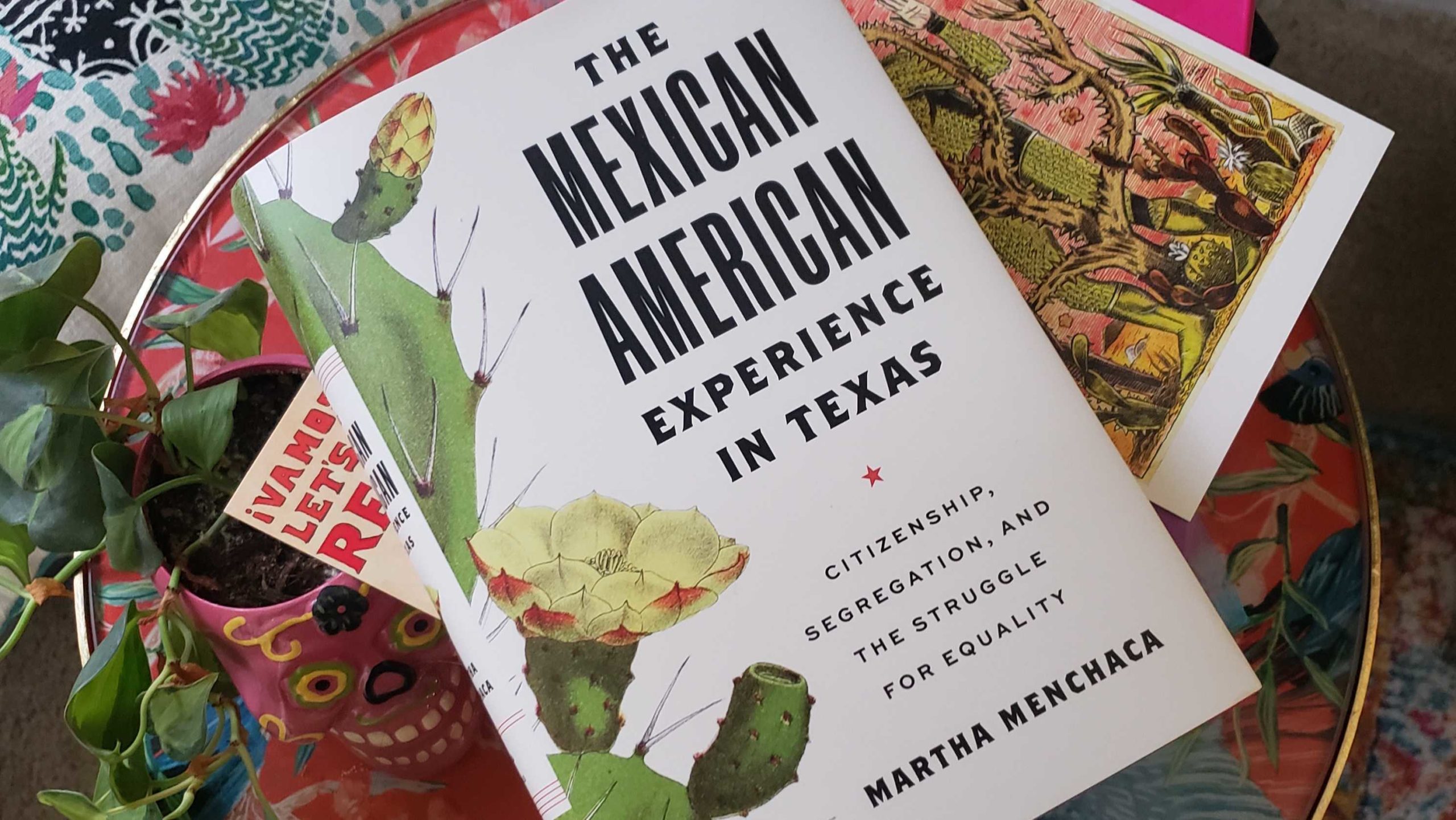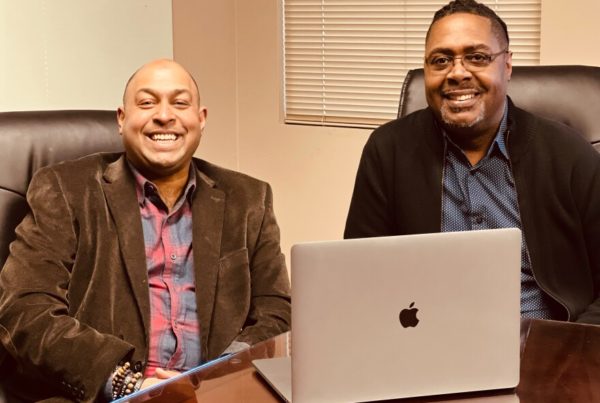Texas’s Hispanic population grew by almost 2 million people in the last decade, and the majority of those new Texans are of Mexican and Mexican American descent.
But despite their booming population, Hispanic Texans continue to face challenges that other Texans may never experience. And many of those challenges are longstanding.
Author and University of Texas at Austin anthropologist Martha Menchaca wanted to better understand the roots of inequality in the justice system and other forms of discrimination many Mexican Americans – and anyone not considered “Anglo” under Texas law – have faced for centuries. She examined it in her new book, “The Mexican American Experience in Texas: Citizenship, Segregation, and the Struggle for Equality.” Menchaca also highlighted the strides toward equality Mexican American activists made, particularly in the second half of the 20th century.
Listen to the full interview with Menchaca in the audio player above or read the transcript below.
This interview has been edited lightly for clarity.
Texas Standard: What was it you were hoping to capture in this book?
Martha Menchaca: I wanted to examine the general history of Mexican Americans in Texas and explore the contributions to the state, but also examine how they became and were treated as a racial minority population. My task also was that UT Press wanted an analysis of the presence of their ancestors, too, from the period of the settlement of Texas during the Spanish period to the present. So I had to cover a very long period of time, and what I decided to do is to focus on main events that occurred after I had initially set the the stage of who are the the ancestors of the Mexican Americans, in terms of their Spanish and indigenous heritage.
One big factor in the disenfranchisement of Mexican Americans had to do with land rights. Could you say more about how some Mexican Americans were affected when Texas became, first, an independent nation, and then part of the United States?
Yes. A lot of the problems that took place for the Mexican Americans was the validation of their land grants from Spanish and Mexican titles to the the first Texas Republic titles, and then to the conversion of these titles under the U.S. law. In the book, I examined the different percentages of who was awarded the grants.
So, in South Texas, the award of the certification of the land grants was much higher. But one of the points that I examined in my book is that people who had titles in their certificates, that they had been mission Indians, automatically were disenfranchized from their land. And also the people who were of African descent, Afro-Mexicanos, were also disenfranchized from keeping their land.
But one of the most serious problems that that I found is that people had to go to court when their their land titles were being questioned, and many Mexican Americans won, but it was a very costly process.
Exclusion laws were some of the first affirmed by the Texas Supreme Court. Businesses were allowed to discriminate against Mexican Americans and African Americans, and the Texas government kept passing and expanding these laws. How did the Mexican American community respond to that constant legal affirmation that it should not mix with Anglos?
That’s one of the issues that I explored throughout the book is how it came that Mexican Americans were segregated, because they were of a racially diverse population. Some of them are white, the majority are mestizos, others are Native American and others are mixed Spanish and Black. And so they were a very diverse population. And what I found is that if you really go back to the early exclusion laws, because many Mexicans were white, the exclusion laws were written in such a way to give business owners the right to exclude anyone for any reason, and they could be expelled from businesses or restaurants, amusement parks.
What I also examined is the school segregation of the Mexican American students in terms of how zoning laws were used in order to ensure that regardless of where they live, they would be concentrated in the Mexican schools that were underfunded and generally did not have middle school grade levels.
When you were writing this book, were you thinking about present circumstances too, or were you largely trying to paint a picture of what had happened in the past?
The charge was to really present an overall analysis from the 1690s to the present. So it was difficult in terms of presenting an accurate history and then selecting many of the main events that I had to follow. And so, no, I was just looking at what was taking place at a certain period. And what I really found was that the mixed racial heritage of the Mexican American really affected them from the time of the Texas Republic to the present because they were treated as basically just people of color, or they were considered to be just not part of the Anglo American population, and they were not given the same opportunities. So that’s one of the trends that that that I followed. And in this scholarship, that has something that has been recognized and written about. But what I tried to do is really find out what were the specific laws in arguments used by the the state government in creating absence of opportunities for Mexican Americans.
What can you learn from understanding what happened in those earlier years for Mexican Americans in Texas?
I found that the Mexican Americans had to work together in civil rights organizations such as LULAC [League of United Latin American Citizens] and the GI Forum and other organizations that we don’t recall these days, like PASSO [Political Association of Spanish Speaking Organizations]. And then also the the student movement, the Chicano student movement, that took place, and they had to demand change. And it was ongoing organization and with very little resources.
And I found that there were many dedicated civil rights activists, that they continued working on regardless of how much time it would take away from their professions. So I would say that that it’s important to keep an eye on what’s taking place and then to try to just always be sure to to retain these type of civil rights organizations.














